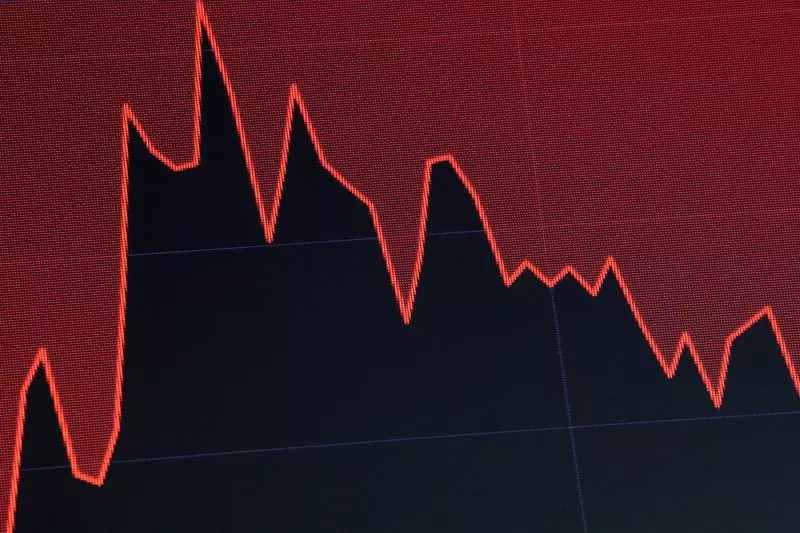Financial markets are notorious for their unpredictability, and the recent burst of volatility that caught many off guard is a stark reminder of this fact. Trades that thrive in a low volatility environment can quickly unravel when volatility spikes, leading to substantial losses. The allure of high profits in these trades often blinds traders to the inherent risks involved. The recent turmoil in global markets has highlighted the fragility of leveraged positions dependent on low volatility.
High-risk trades such as FX carry trades and basis trades in U.S. Treasuries can be lucrative in stable market conditions. However, the leverage required to amplify profits also magnifies the potential for losses when volatility increases. The inherent instability of these trades makes timing a critical factor in determining success. While these trades can persist for extended periods, they are vulnerable to sudden market shifts that can trigger a cascade of selling and losses.
From a theoretical standpoint, trades like the FX carry trade may seem straightforward – borrowing in a low-yielding currency to invest in a higher-yielding asset. However, the risks underlying these trades are often counterintuitive. Low-yielding currencies are typically backed by solid fundamentals, while high-yield currencies may carry additional risks such as inflation, credit risk, or political instability. Successful carry trades rely on a delicate balance of low volatility and precise timing, making them inherently risky.
The Challenge of Timing
Timing is a crucial but elusive aspect of high-risk trades, as getting it wrong can lead to significant losses. Even seasoned investors struggle to predict market shifts accurately, especially during prolonged periods of low volatility. The allure of slow but steady profits can lull traders into complacency, making them unprepared for sudden spikes in volatility that can upend their positions. Managing risk in these trades requires constant vigilance and the ability to adapt quickly to changing market conditions.
When high-risk trades go awry, the consequences can be severe. A sudden spike in volatility can trigger massive losses, leading to portfolio destruction and fund liquidation. The risk of global financial instability looms large when leveraged positions unwind, as demonstrated by historical events like the Long-Term Capital Management crash. Risk management models such as Value at Risk (VaR) can provide some insight into potential losses, but they often fail to account for the full extent of the risks involved in these trades.
The Lessons Learned
As the financial markets continue to navigate uncertain waters, the lessons learned from recent volatility are invaluable. Traders must be acutely aware of the risks posed by high-risk trades and the importance of risk management in mitigating potential losses. The allure of quick profits must be tempered with a healthy dose of caution and prudence. While the allure of high-risk trades may be tempting, the reality of severe losses must always be kept in mind. Only by understanding the inherent risks and challenges of these trades can traders hope to navigate turbulent market conditions successfully.

